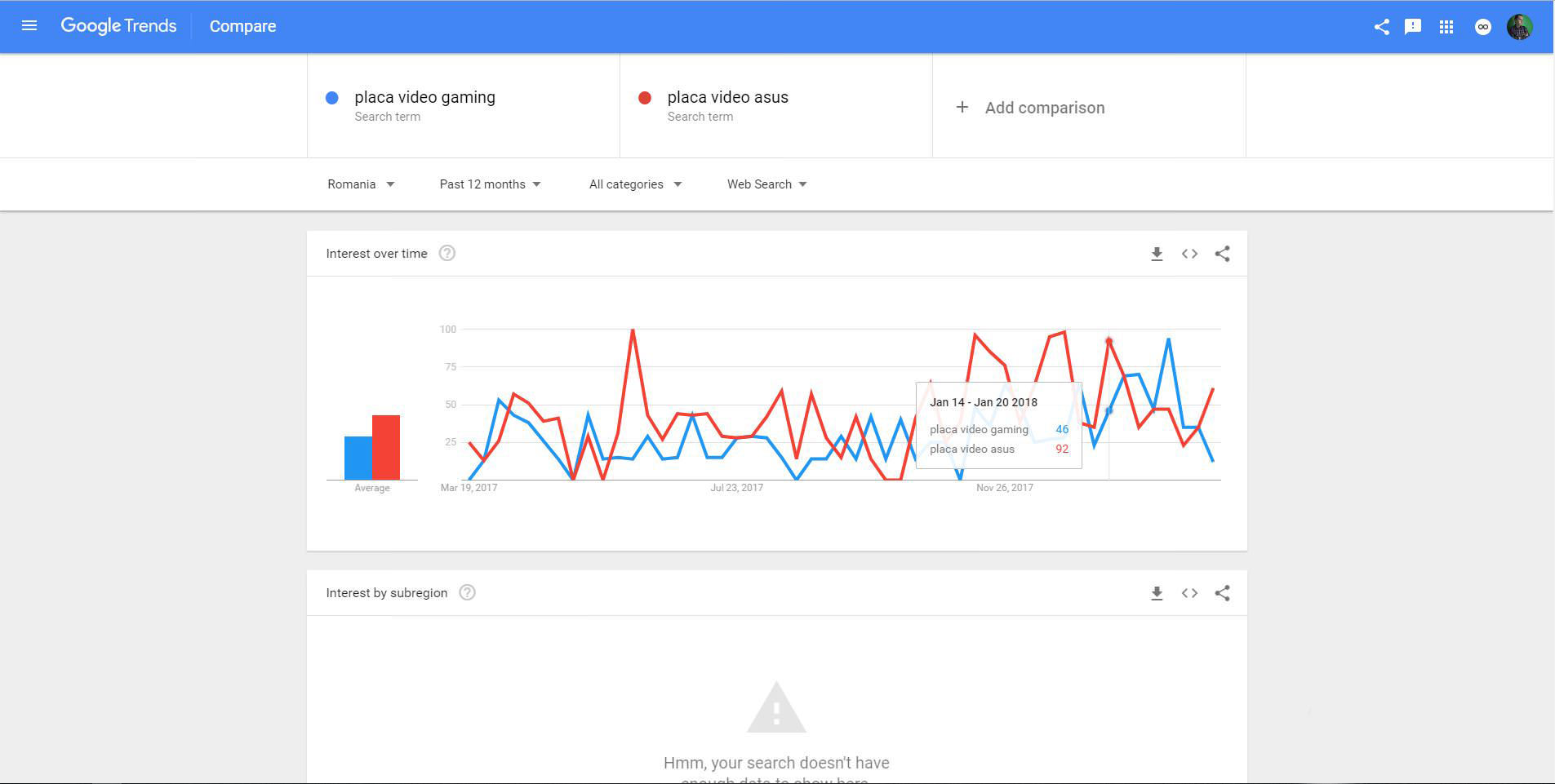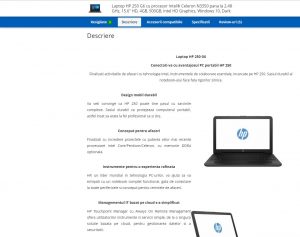This little guide tries to shed some light on how a good setup, in terms of SEO performance, for a product page in a Magento SEO optimized store looks like.
Many ideas in this article can be used on other platforms (like WooCommerce or Prestashop). These are ‘good practice’ ideas, not specific to Magento stores.
First and foremost, you should make sure that your Magento store has a clear and logical product category structure. The navigation process should be as easy and clear to use as possible.
Try to minimize the number of clicks required for a potential customer to reach a given category or product. Don’t over-complicate things for the user if you want him to stay.
Before we start, there are some things you should know:
- if you’re looking for great SEO results in two weeks, you are in the

- make a list from the very beginning regarding what’s important for you: figure out what products or categories you are best at. Maybe you have good stocks, great prices, or a good offer from one of your suppliers. You need this list to know on what to focus your efforts the most. Optimizing a lot of pages can be hard and very time consuming;
- Don’t get carried away. Magento can handle over 20k products, no problem. But one of the biggest issues for newcomers to e-commerce or a start-up is managing a big inventory. Either make sure your developer has some good solutions for automatic stock sync between your stocks and your supplier’s stocks (hi! we can help 🙂), either reduce the number of products until you get faster/better at managing your store – or you hire some help;
- carefully analyze your competition. I’m not talking about their button colors. Prices, products, marketing strategies and channels used, etc. You need to know this;
- always have some great promotions or discounts. And always focus on marketing them. People need to see them in order for you to sell them;
Optimizing a Magento product page for SEO
We’re going to talk about on-page SEO. This, some technical factors, and some other tips will ensure that you have a solid foundation for your Magento store and your product pages. So… let’s get to it!
The following ideas assume that:
- you have a basic idea about SEO and what it means. A comprehensive article about this can be found over at Adel SEO.
- you have a robots.txt present;
- you have a proper sitemap.xml file, and you have submitted it to Google Webmaster Tools;
- schema.org is properly set-up;
- your store is responsive (if it’s not, you must fix this);
- your store loads fast (aim for 0.2s TTFB and under 5s page load);
- obviously, make sure your stocks and prices are up to date;
0. Headings for the Magento product page
HTML tags like <h1>, <h2> and so on, are called headings. These types of elements allow search engines (like Google) to figure out what your product represents.
If search engines understand what we’re trying to sell, they can show our pages to the relevant audience.
So, if you ask me, headings should be ideally used like this:
- H1: this is the product title;
- H2: subtitles for long descriptions inside your product’s presentation;
- H3: certain key titles inside the product description (an important feature or special advantage);
- The bold or strong tag should be used to mark some keywords inside our product description properly;
1. Product analysis
In most cases, we are not selling something unique. So the chances are that there are quite a few stores that also sell the types (or maybe the same) products we sell.
Knowing this, we need to search for keywords and long-tail keywords that people type into search engines when they want to find a product that we sell.
What we want to find out:
- find good keywords and some long-tail keywords;
- the search volume of those keywords (how many people are searching per month);
- the keyword difficulty. How hard is it to rank for those keywords?;
- shopper’s intent. What is their end goal? Just browsing, looking for something specific, or ready to buy?
- how are our high-performing competitors approaching product naming and product descriptions? what are they ranking for?
We can and should use tools like:
- Google Trends;
- Google Keyword Planner;
- Keywordtool.io;
- Google search suggestions;
- Ahrefs – a bit pricey, but probably the most powerful SEO tool out there;

This step can make or break your store. Knowing your products and knowing how people search for them is a vital knowledge that you must know as a store owner or manager.
Be aware! The main purpose is to make the product page as clear and informative you can for the client. Don’t think about Google, think about your potential customer – formulate each sentence in a clear and logical way, and don’t just put random keywords in your product description. Adding some line breaks and some media content can help a lot.
2. Product title and the meta title tag
The product title should properly describe the product and its main features in a few words, if possible. Don’t forget: this should be the only H1 element on your product page.
Take into account the first step you made: the analysis. There’s probably a keyword you want to have in the product title and the meta title.
Try to keep the title and meta title fairly short. Search engines display only about 50 – 60 characters on the SERP (search engine results page). There isn’t an exact limit, but you get the idea.
Magento SEO tip: as fast as mass product import sounds, make sure to avoid duplicate meta titles!
3. Product description and the meta description tag
I’m talking about the long product description. As you know, Magento has two product attributes for descriptions: short_description and description. I’m talking about the long description.
Everywhere you look/search for SEO advice regarding the content, you’re going to hear or read the same thing: you need unique and engaging content. And it applies to e-commerce too.
So try to avoid copy-pasting product descriptions from competitors or your supplier. Mix up, present the description in more detail… or anything you can think of but try to be more helpful and unique. Duplicate content does not rank well.
But it’s going to take me forever to make a unique or pretty-er description for each product! Pretty much. But that’s why we know what our best products or categories are, remember? Focus on them.

Tackle this task like this: have a spare 20 minute? Fix up a product description.
Here’s a tip: sometimes, the suppliers don’t put all the info in their product feeds. So it’s worth checking out the manufacturer’s website for your products. Maybe there’s additional info in there, that your supplier does not offer. And maybe some of your competitors overlooked this too! You’d be surprised.
Magento SEO tip: as fast as mass product import sounds, make sure to avoid duplicate meta descriptions!
The meta description tag is very important too. Try to personalize it, and don’t just write the first sentence from your product description.
Google displays about 300 characters in SERP. Go above 50 characters, try to be descriptive, and remember that the main purpose is to provide value to the potential visitor and drive clicks.
4. Product specifications – attributes
In Magento, like in other e-commerce platforms, you can have product attributes. When filled, these can show nicely in a separate tab (depending on store design) in the form of a table. This table is great for technical customers. It provides a fast way to find out everything you need about the product.
Don’t be lazy, and fill these out. Create more if you need, or ask your developer to do it. It matters!
It’s worth pointing out that some products can be in the form of ‘Dropdowns’ and filterable in product categories in Magento. Customers can use them to quickly filter products, in order to find only the one they are really interested in. A huge feature! Please take advantage of it.
5. Product pictures – and other media
Too many store owners overlook the importance of proper images and videos where available for the products they’re trying to sell.
You need at least 2-3 product images. Try to include some in the description as well if it’s turning into a wall of text.
Here are some ideas that over the time, have proven to work well:
- the main product image should be high quality, on white background;
- at least two or three additional photos from different angles or even in a real-world scenario;
- add at least one image in the product description;
Here’s a tip: don’t forget to fill out the Label field in Magento for each product image. It’s used on the front-end of the store as the alt tag of the image. This tag helps search engines index the image and figure out what that image is about.
Oh, and try not to go overboard with the quality. Nobody’s going to wait for your 2Mb image to load. Optimize and find a good balance between quality and size. A small photo is a fast photo.
6. The product URL
Or Url-Key as Magento likes to refer to it. We can set this to whatever we like. Try to make it descriptive, short, and avoid strange characters or letters.
Some handy ideas:
- don’t include stop words in the product URL;
- try to include a meaningful keyword for your product in the URL;
- avoid strange and meaningless words or random character strings;
7. Product reviews
Nothing boosts conversions like vocal satisfied customers. Make sure to enable the reviews and encourage people to leave reviews (hey! maybe you can send a follow-up e-mail after they placed an order and received the product) and show them off.
Don’t forget to make sure that your developer has properly inserted the schema.org markup, so your review stars will show in Google search results. This is a huge CTR boost!
Tip: don’t let meaningless bad reviews get you down. Take note of them if they have a hint of truth… maybe you need to improve somewhere.
8. Social media in 2018 is a must
Your customers and visitors do not care if you like Facebook, Instagram, or Pinterest. In 2018 social media plays an important role. Just look up how many people use a social media platform daily.
So in most cases, a potential customer of yours is just browsing Instagram. Make sure you’re there!
In terms of the product page, you must have some social media sharing buttons to allow potential customers to ask friends for opinions easily and customers to brag about what they’ve got from your store.
Conclusion – the Magento SEO optimized product page
I hope the above tips will help you build a solid foundation for your Magento store. Or improve your existing store.
Keep in mind that technical SEO and on-page SEO, good practices in terms of features (like reviews and social media sharing buttons) are just some things that can help your store get more traffic and exposure.
Make sure to share this article if your store owner friend struggles or needs some fresh ideas for his store.
[social_buttons facebook=”true” pinterest=”true” google_plus=”true” linkedin=”true”]
Found something interesting or useful regarding the optimization of a Magento product page? I’d love to know. Why not share your know-how with a comment? 🙂
